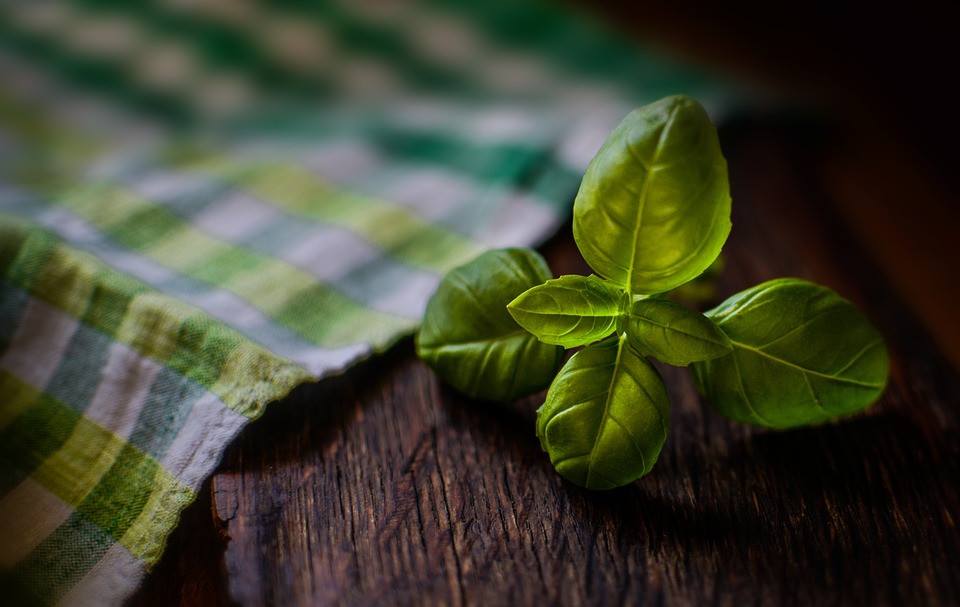As the seasons change, so too does the bounty of fresh produce available to home cooks. Embracing seasonal cooking not only enhances the flavor of your meals but also supports local farmers and reduces your carbon footprint. Here’s a straightforward guide to making seasonal cooking easy and enjoyable, complete with quick tips and irresistible recipes.
Benefits of Seasonal Cooking
- Flavorful Ingredients: Seasonal produce is picked at its peak ripeness, ensuring more flavor and nutrients.
- Cost-Effective: Seasonal fruits and vegetables are often cheaper and more abundant.
- Sustainability: Buying local and in-season supports your community and reduces transportation emissions.
- Varied Diet: Cooking with the seasons encourages a varied diet and exposes you to different ingredients.
Quick Tips for Seasonal Cooking
-
Know What’s in Season:
- Research local harvest calendars or refer to seasonal guides to understand what fruits and vegetables are available throughout the year.
- Use seasonal produce as a grocery shopping list to guide your meal planning.
-
Keep It Simple:
- Focus on simple recipes that highlight the natural flavors of fresh ingredients. Roasting, grilling, or sautéing are great techniques to let seasonal foods shine.
-
Store and Prep Wisely:
- Ensure you store fruits and vegetables correctly to maintain their freshness. For example, leafy greens should be stored in perforated bags in the fridge, while root vegetables thrive in cool, dark places.
- Prepping ingredients in advance can save time during busy weekdays. Wash, chop, and store veggies for quick access.
-
Embrace Freezing:
- If you have an abundance of seasonal produce, consider freezing portions for later use. This is a great way to enjoy summer berries or winter greens year-round.
- Experiment and Adapt:
- Seasonal cooking is about flexibility. If a recipe calls for one vegetable, feel free to substitute with another that’s in season.
Seasonal Recipes to Try
Spring: Asparagus and Pea Risotto
Ingredients:
- 1 cup Arborio rice
- 1 small onion, finely chopped
- 3 cups vegetable or chicken broth
- 1 cup fresh asparagus, chopped
- 1 cup fresh peas (or frozen)
- ½ cup grated Parmesan cheese
- Olive oil
- Salt and pepper to taste
Instructions:
- Heat the broth in a pot and keep it warm.
- In a separate pan, heat olive oil over medium heat and sauté the onion until translucent.
- Add the Arborio rice and toast for 1-2 minutes.
- Gradually add warmed broth, one ladle at a time, stirring until absorbed. Continue until rice is creamy and al dente (about 18 minutes).
- Stir in asparagus and peas, cooking for an additional 5 minutes.
- Mix in Parmesan, seasoning with salt and pepper before serving.
Summer: Caprese Salad with a Twist
Ingredients:
- 2 large ripe tomatoes, sliced
- 8 oz fresh mozzarella, sliced
- 1 cup fresh basil leaves
- 1 ripe avocado, sliced
- Balsamic glaze
- Olive oil
- Salt and pepper to taste
Instructions:
- On a large platter, alternate layers of tomato, mozzarella, and avocado.
- Tuck in fresh basil leaves throughout.
- Drizzle with olive oil and balsamic glaze, then season with salt and pepper.
Fall: Pumpkin Soup
Ingredients:
- 1 medium pumpkin (or 2 cups canned pumpkin)
- 1 onion, chopped
- 2 garlic cloves, minced
- 4 cups vegetable broth
- 1 cup coconut milk
- Olive oil
- Salt and pepper to taste
Instructions:
- If using fresh pumpkin, peel, seed, and chop into chunks. Roast in the oven until soft.
- Sauté onion and garlic in a pot with olive oil until translucent.
- Add roasted pumpkin (or canned pumpkin) and broth. Simmer for 15 minutes.
- Blend until smooth, then stir in coconut milk. Season to taste.
Winter: Root Vegetable Hash
Ingredients:
- 1 cup diced potatoes
- 1 cup diced carrots
- 1 cup diced beets
- 1 onion, chopped
- Olive oil
- Fresh herbs (rosemary or thyme)
- Salt and pepper to taste
Instructions:
- Boil potatoes until slightly tender. Drain and set aside.
- In a skillet, heat olive oil and sauté onions until soft.
- Add carrots, beets, and potatoes. Cook until all vegetables are browned and tender.
- Season with salt, pepper, and fresh herbs before serving.
Final Thoughts
Seasonal cooking doesn’t have to be complicated. By keeping it simple and choosing fresh, seasonal ingredients, you can create delicious meals for you and your family throughout the year. Track the seasons, experiment with new recipes, and most importantly, savor the flavors that each season brings to your table. Happy cooking!



